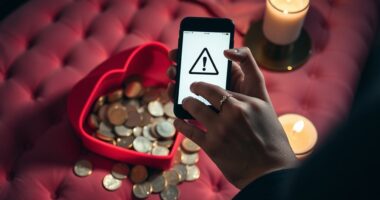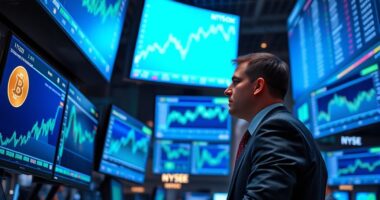In today's financial landscape, you might find yourself grappling with pressing questions about economic growth, labor market shifts, and Federal Reserve actions. Each of these elements interacts with inflation trends and consumer behavior, shaping the financial decisions you face. As climate change continues to influence asset values, understanding the broader implications becomes crucial. What strategies will help you navigate this intricate web of variables? The answers could redefine your approach to investing.

How does the current financial climate shape our economic future? As you navigate this landscape, you'll notice that the U.S. economy is expected to grow at a rate of 2.3% by 2025, a slight increase from earlier forecasts. However, proposed policies like tariffs and immigration changes could create uncertainty that might affect growth, especially in the latter half of the year. This uncertainty isn't just a statistic; it has real implications for your financial decisions and investments.
You'll also want to consider the strength of the labor market. A robust labor market supports consumer income growth, which fosters industry confidence. When people feel secure in their jobs, they're more likely to spend, thus driving economic expansion. This cycle reinforces the importance of a healthy labor market in shaping the economic environment you operate in. Labor market strength contributes significantly to the overall economic stability, especially in early 2025.
As you look ahead, it's essential to keep an eye on Federal Reserve policies. The Fed is likely to maintain a patient stance early in 2025, but they may adjust interest rates later depending on inflation trends. If inflation normalizes towards the Fed's 2% target by mid-2026, it could create a more stable environment for your financial planning.
Climate change is another crucial aspect of the current financial climate. It impacts economic activity, asset values, and overall financial stability. As you evaluate your investments, remember that climate risks are increasingly reflected in asset prices, particularly in real estate and equities. Understanding these risks allows you to make informed decisions that could safeguard your portfolio.
The financial sector plays a vital role in mitigating these climate risks. As banks conduct regulatory stress tests to assess the impacts of climate change on their loan books, they're also adapting their strategies to manage these risks. You might find that retail investors like yourself are becoming more aware of these climate-related factors and their implications for returns.
Finally, recognize the global commitments aimed at climate finance. Developed countries are targeting contributions of $300 billion annually by 2025. This collective goal highlights the necessity for effective policies and regulations to manage climate risks while promoting sustainable economic growth.









